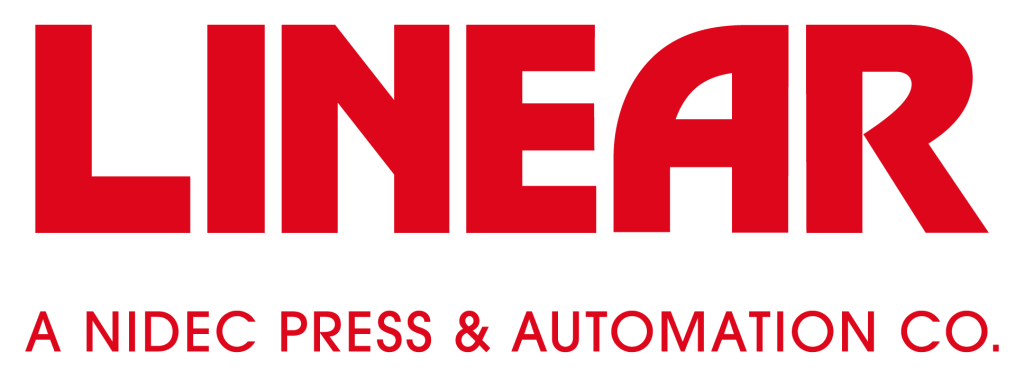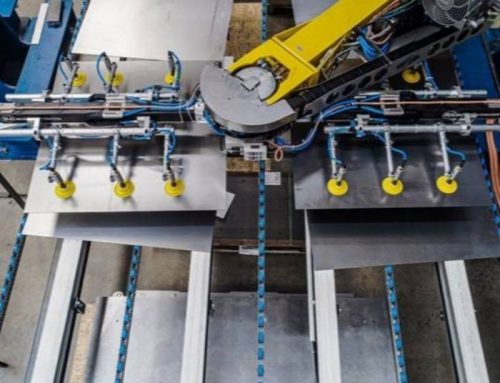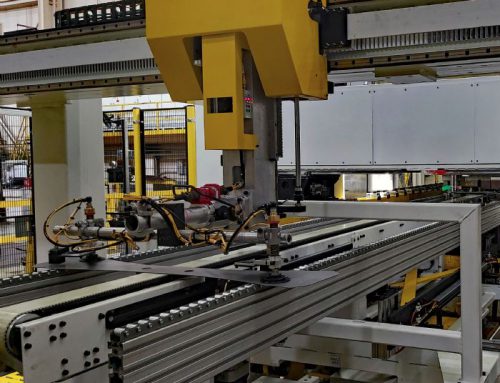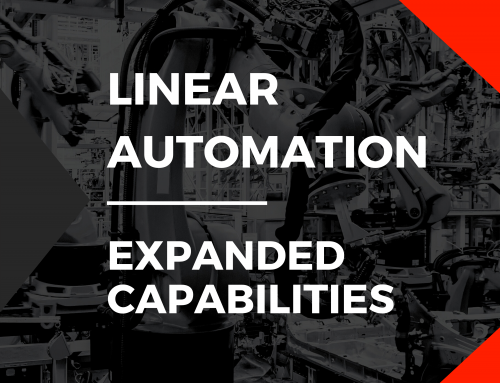“Pleased with its initial foray into servomechanical press technology, in 2021 Omex purchased another 630-ton DSF-M2, identical to the first save for a longer 168-in. bed. Omex teamed this press with a transfer from Linear Automation. At the same time, the company decided to outfit both servomechanicals with coil-feed systems from Colt Automation, designed for feeding high-strength steel and boasting four-over-five roller configurations for powered straightening. With two servomechanicals inhouse, Omex has discovered all manner of advantages this technology offers.”







